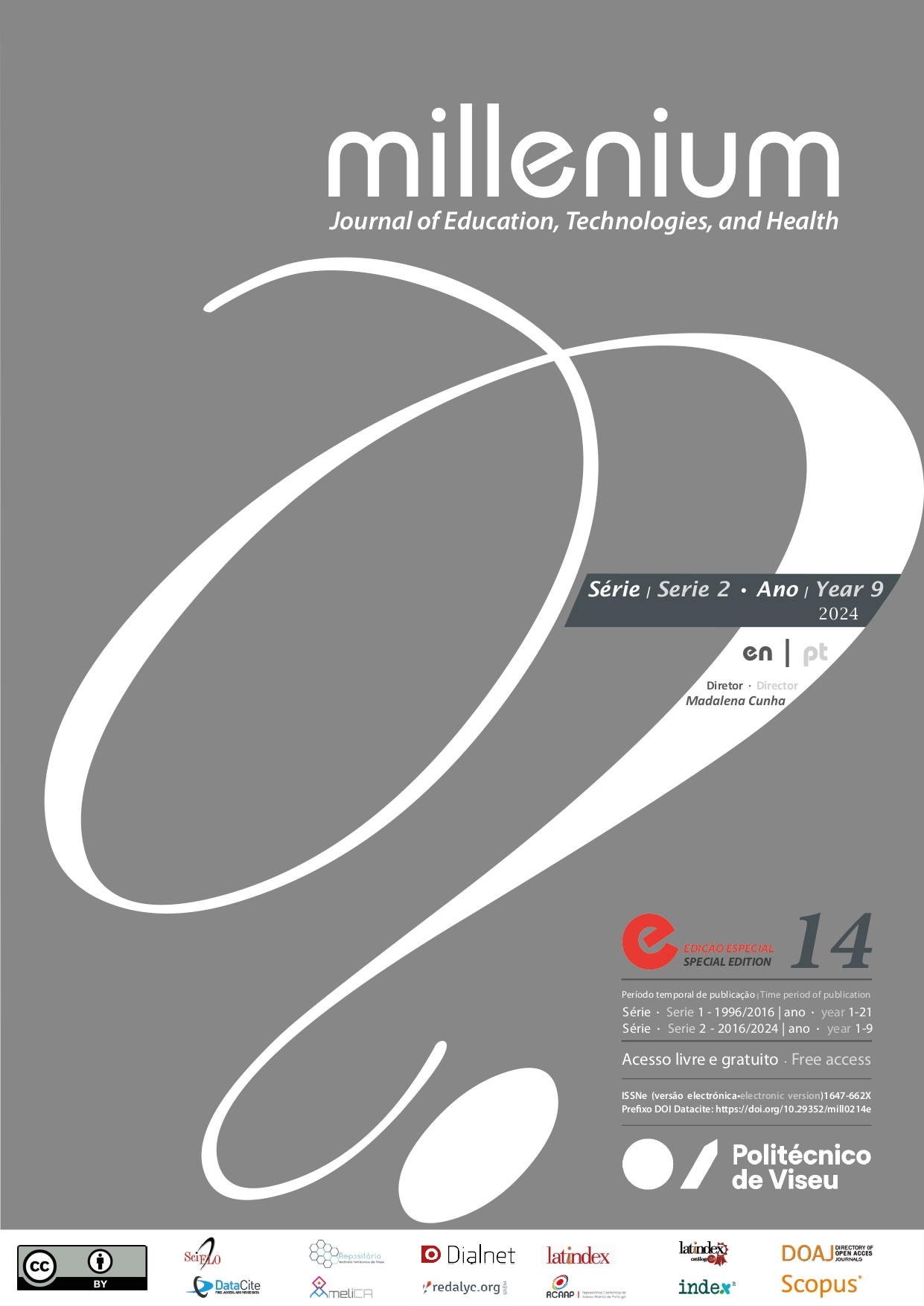What do buildings hide?
DOI:
https://doi.org/10.29352/mill0214e.34406Abstract
This was the base question for a project of innovative pedagogical practices in the field of Civil Engineering. The idea is to ensure a more active role for students in the teaching and learning process, using experimental setups and diagnostic equipment, which allow them to work in a living laboratory, applying innovative diagnostic tools to see what is "hidden" by the most superficial layers of buildings.
However, the question "What do buildings hide?" is pertinent, not only from a pedagogical point of view, but also from a professional point of view, both for those who work in the construction and rehabilitation of buildings sector and for those who carry out research in this area. Indeed, buildings are very complex systems, made up by several overlapping layers, of which only the outermost ones being directly observable. However, it is often the inner layers that most influence the performance of buildings and that make it possible to guarantee the fundamental and indispensable requirements for them to be used with quality.
This aspect is even more relevant when we talk about building rehabilitation. According to the dictionary, the word "rehabilitate" means to regenerate or recover, on its whole or just partly. Although this concept emerged in other scientific and social fields, it was quickly adopted with great success in the construction sector, especially buildings.
Downloads
Published
How to Cite
Issue
Section
License
Copyright (c) 2024 Millenium - Journal of Education, Technologies, and Health

This work is licensed under a Creative Commons Attribution 4.0 International License.
Authors who submit proposals for this journal agree to the following terms:
a) Articles are published under the Licença Creative Commons (CC BY 4.0), in full open-access, without any cost or fees of any kind to the author or the reader;
b) The authors retain copyright and grant the journal right of first publication, allowing the free sharing of work, provided it is correctly attributed the authorship and initial publication in this journal;
c) The authors are permitted to take on additional contracts separately for non-exclusive distribution of the version of the work published in this journal (eg, post it to an institutional repository or as a book), with an acknowledgment of its initial publication in this journal;
d) Authors are permitted and encouraged to publish and distribute their work online (eg, in institutional repositories or on their website) as it can lead to productive exchanges, as well as increase the impact and citation of published work
Documents required for submission
Article template (Editable format)





